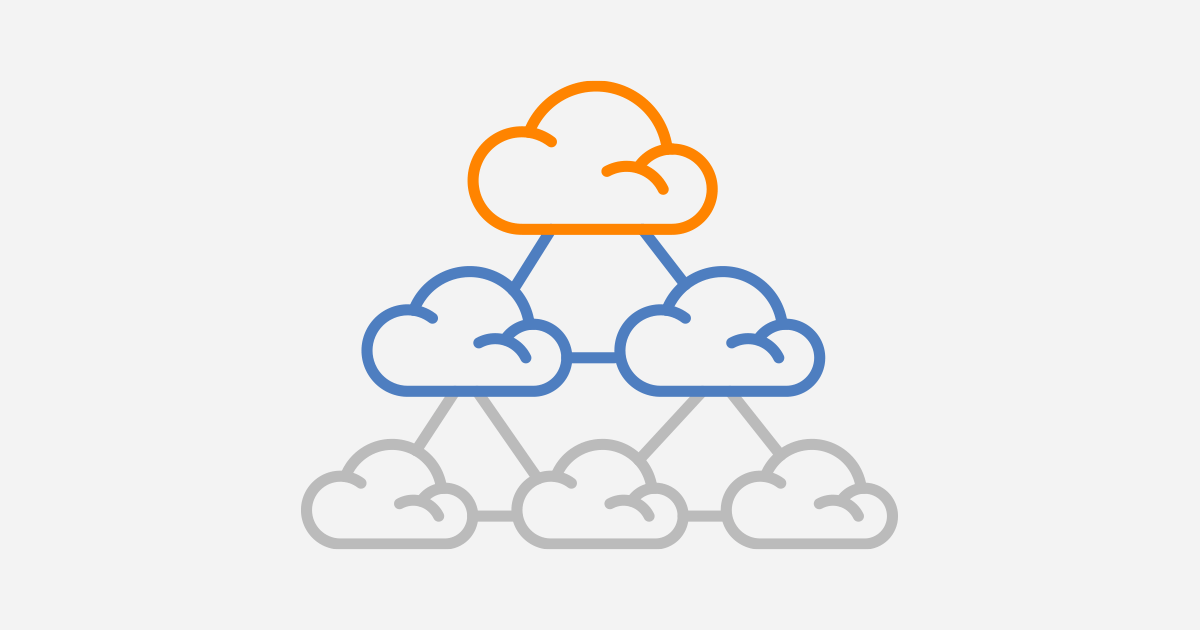Understanding IP transit pricing, particularly in the perspective of networking and connections to the internet, is vital for companies trying to maximize their operations while reducing costs. The core of this pricing structure lies a combination of ports and services, each with a key role in determining overall expenditure. Let’s embark on a journey to unravel the underlying economics behind IP transit pricing, exploring crucial factors, strategies and other aspects.
Port and Service Dynamics
IP transit pricing revolves around the utilization of ports and associated services. Each service must be connected to a port or two and create a scalable structure for customizing network configurations according to specific needs. It is important to know that each port can accommodate many different services. The fees vary depending upon the product that is selected.

Understanding Committed Data Rate (CDR)
Committed Data Rates (CDR) are the basis of IP transit pricing. They represent the minimum data rate required by the port. The CDR must be at or below 10% of the port size, ensuring a baseline level of connectivity. For example, if you choose to purchase an 10G port and the minimum commitment is be 1G. CDR is used to calculate pricing. The higher commitments translate into lower unit costs.
The Burst Above CDR
IP transit ports permit the bursting of CDR. This permits businesses to cope with sudden surges in traffic. Burst traffic costs the same cost per Mbps as the CDR and allows for flexibility and freedom without the need for additional charges. This feature is particularly useful for organizations that experience fluctuations or seasonality in network activity.
Factors Influencing Pricing
The size of the data rate committed, the port speed selected, and the amount of data traffic are all elements that impact IP transit pricing. In general more CDRs, and faster port speeds result in lower unit charges. This encourages businesses to increase their connectivity to cut expenses. Additionally, the competitiveness the market and the negotiating ability of the client can affect the pricing agreement.
Cost Optimization and Maximizing Value
An approach that is strategic is required to maximize budgets and value when navigating IP transit costs. Companies must conduct an in-depth analysis of their network needs taking into consideration factors like expected traffic volumes along with scalability requirements, as well as the performance goals. By aligning these needs with the most appropriate pricing plans and offering businesses can ensure that they are getting the most value out of their investment.
Cost Management Strategies
Cost managing strategies are a good way to help reduce the impact IP transport costs have on budgets. It is vital to look over the pricing agreements on a regular basis to identify opportunities for improvement and renegotiation. Network analysis and monitoring software could help businesses make proactive decisions.
The importance of Future-Proofing
In an environment of technological advancement which is rapidly evolving and constantly evolving, making sure that the network infrastructure you use is secure for the future you utilize is essential for your long-term success. When looking at IP transportation costs companies should take into account not only their present needs but also anticipate future growth and expansion. Choosing scalable solutions that offer flexibility and the ability to expand can help minimize the requirement for expensive upgrades down the line.
Compare pricing models and compare providers
The market for IP transit is filled with a diversified array of providers, each offering their own pricing structures and services. By comparing providers carefully, companies find the right fit to their particular needs while taking into account factors such as reliability, performance, and customer service, along with price. It is important to consider the complete value proposition of each provider, and not only the bottom line.
Conclusion
To be able to navigate the economics of IP Pricing of transit, it is important to have a complete understanding of the dynamics that underlie it that influence the pricing, as well as strategies and factors. Utilizing insights into the dynamics of service and port while optimizing budgets as well as future-proofing network infrastructure, businesses can efficiently manage their costs while maximising the return on their investment. Through carefully planned planning and strategic decision-making companies can create resilient high-performance networks that will aid their growth and achieve success in a world that is becoming increasingly interconnected.